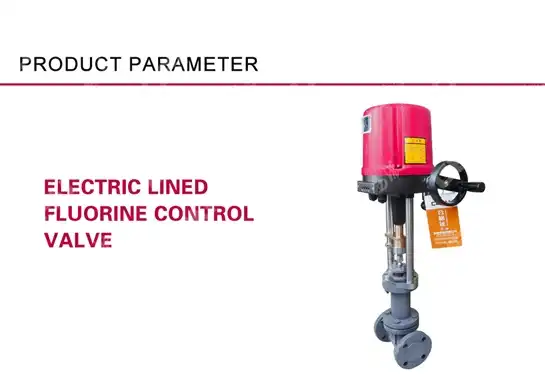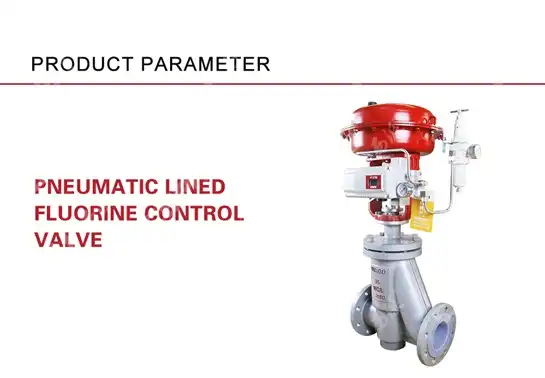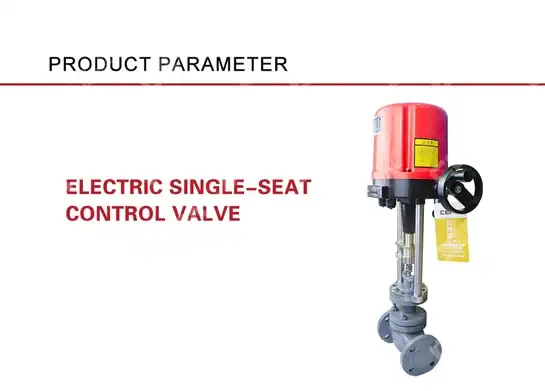Pneumatic Valve Solutions for Oil & Gas Pipelines
In the demanding landscape of oil and gas pipeline operations, pneumatic valve solutions have emerged as the cornerstone of efficient and reliable fluid control systems. These sophisticated technologies combine advanced automation capabilities with robust engineering to deliver unparalleled performance in critical energy infrastructure. Pneumatic Control Valve systems represent a revolutionary approach to pipeline management, offering precise flow regulation, enhanced safety protocols, and operational efficiency that meets the stringent requirements of modern energy transportation networks. As the industry continues to evolve toward more automated and intelligent operations, understanding the comprehensive benefits and applications of pneumatic valve solutions becomes essential for optimizing pipeline performance and ensuring operational excellence.
Advanced Engineering Features and Technical Specifications
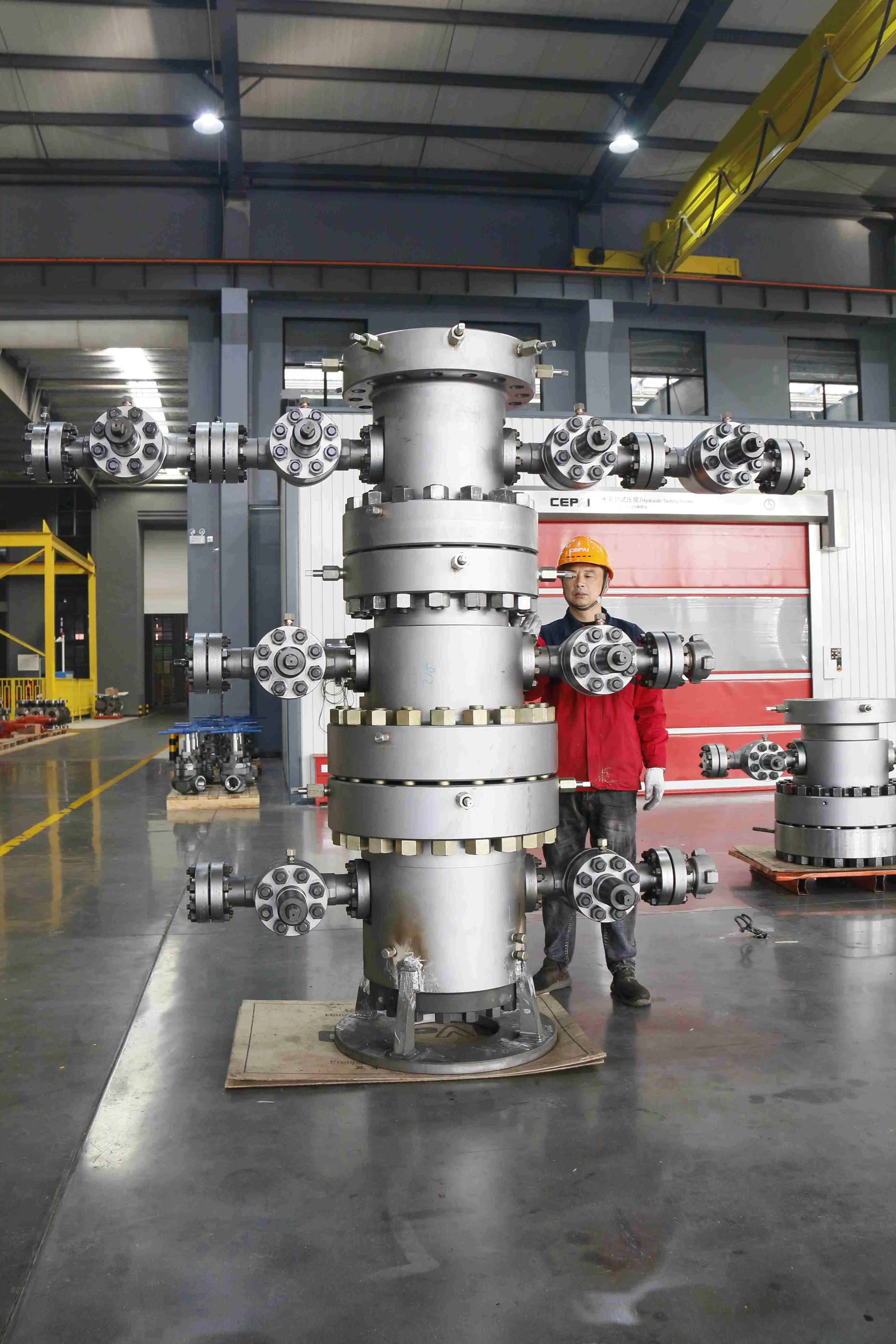
High-Performance Pneumatic Actuation Systems
Modern pneumatic valve solutions incorporate cutting-edge actuation technologies that deliver exceptional performance in oil and gas pipeline applications. The pneumatic actuation systems utilize compressed air or gas to generate precise mechanical force, enabling rapid valve positioning and reliable flow control. These systems feature advanced positioners that provide accurate feedback control, ensuring the Pneumatic Control Valve maintains optimal positioning even under varying pressure conditions. The integration of smart positioners with digital communication protocols allows for real-time monitoring and adjustment, enhancing overall system reliability. Advanced materials such as stainless steel, duplex steel, and specialized alloys ensure corrosion resistance and longevity in harsh pipeline environments. The pneumatic actuators are designed to operate efficiently across wide temperature ranges, from arctic conditions to desert environments, making them suitable for global pipeline infrastructure. Furthermore, the modular design of these actuation systems allows for easy maintenance and component replacement, minimizing downtime and operational costs.
Precision Flow Control and Regulation Capabilities
The precision flow control capabilities of modern pneumatic valve solutions set new standards for pipeline efficiency and safety. These systems employ sophisticated control algorithms that enable precise flow modulation, pressure regulation, and flow direction management. The Pneumatic Control Valve incorporates advanced trim designs and flow characterization technologies that provide linear or equal percentage flow characteristics, depending on application requirements. Variable geometry trim designs allow for optimized flow coefficients and reduced noise levels, even under high differential pressure conditions. The integration of digital control systems enables predictive flow management, allowing operators to anticipate and respond to changing pipeline conditions proactively. Advanced cavity designs minimize turbulence and pressure drop, maximizing energy efficiency throughout the pipeline system. These valves also feature multiple safety positions and fail-safe mechanisms, ensuring safe operation even during power failures or system malfunctions. The precision engineering of internal components ensures minimal leakage rates, meeting or exceeding industry standards for environmental protection and operational efficiency.
Intelligent Monitoring and Diagnostic Technologies
Contemporary pneumatic valve solutions incorporate sophisticated monitoring and diagnostic technologies that transform traditional valve operations into intelligent, data-driven systems. These advanced monitoring systems continuously collect performance data, including valve position, actuator pressure, temperature, and flow characteristics. The Pneumatic Control Valve systems feature embedded sensors and wireless communication capabilities that enable real-time data transmission to centralized control systems. Machine learning algorithms analyze operational patterns to predict maintenance requirements and identify potential performance issues before they impact operations. Advanced diagnostic capabilities include valve signature analysis, which monitors changes in valve performance characteristics over time. These systems can detect internal wear, seal degradation, and actuator performance variations, enabling proactive maintenance scheduling. The integration of Internet of Things (IoT) technologies allows for remote monitoring and control, reducing the need for on-site personnel and improving operational safety. Comprehensive data logging and historical trend analysis provide valuable insights for optimizing pipeline operations and extending equipment lifecycle.
Strategic Applications Across Pipeline Infrastructure
Upstream Production and Wellhead Control Systems
In upstream oil and gas operations, pneumatic valve solutions play a critical role in wellhead control, production optimization, and safety management. These applications require valves that can handle extreme pressures, corrosive fluids, and challenging environmental conditions. The Pneumatic Control Valve systems in wellhead applications provide precise control over production rates, enabling operators to optimize reservoir performance while maintaining safe operating conditions. Advanced pneumatic actuators ensure rapid response times for emergency shutdown scenarios, protecting personnel and equipment from potential hazards. The valves are designed to handle multiphase flows containing oil, gas, water, and sand, requiring specialized materials and designs that resist erosion and corrosion. In enhanced oil recovery operations, pneumatic valves control the injection of steam, chemicals, or gases to improve production efficiency. The integration of smart control systems enables automated production optimization, adjusting valve positions based on real-time reservoir conditions and production targets. These systems also support environmental compliance by providing precise control over emissions and waste streams, ensuring operations meet increasingly stringent environmental regulations.
Midstream Transportation and Distribution Networks
Midstream pipeline operations rely heavily on pneumatic valve solutions for efficient and safe transportation of oil and gas products across vast distances. These applications require valves that can operate reliably for extended periods with minimal maintenance while providing precise control over flow rates and pressures. The Pneumatic Control Valve systems in transmission pipelines enable operators to manage flow distribution, pressure regulation, and system isolation for maintenance activities. Advanced control algorithms optimize pipeline efficiency by automatically adjusting valve positions to maintain optimal flow velocities and minimize energy consumption. In compressor station applications, pneumatic valves control gas flow to and from compression equipment, enabling efficient pressure boosting for long-distance transportation. The valves also play crucial roles in pipeline inspection operations, providing isolation capabilities for intelligent pig launching and receiving systems. Emergency response capabilities are enhanced through rapid-acting pneumatic valves that can quickly isolate pipeline sections in case of leaks or other incidents. The integration of pipeline monitoring systems with pneumatic valve controls enables automated leak detection and response, improving overall pipeline safety and environmental protection.
Downstream Processing and Refinery Operations
Downstream operations in refineries and processing facilities demand pneumatic valve solutions that can handle diverse chemical compositions, high temperatures, and precise control requirements. These environments require valves that maintain performance stability across varying process conditions while providing the flexibility to adapt to different product specifications. The Pneumatic Control Valve systems in refinery applications control the flow of crude oil, refined products, and process chemicals through complex processing units. Advanced valve designs incorporate specialized materials and coatings that resist chemical attack and high-temperature degradation. In catalytic cracking units, pneumatic valves control the flow of feedstock, catalyst, and products, requiring precise timing and coordination with process control systems. Distillation column applications utilize pneumatic valves for reflux control, bottom product removal, and vapor flow management, directly impacting product quality and energy efficiency. The valves also support environmental compliance by controlling emissions and waste streams, ensuring refineries meet air quality and water protection standards. Advanced control systems enable process optimization by continuously adjusting valve positions based on real-time process conditions and product quality requirements.
Technological Innovation and Industry Evolution
Digital Transformation and Smart Valve Technologies
The oil and gas industry is experiencing a significant digital transformation that is revolutionizing pneumatic valve technologies and their applications in pipeline systems. Modern pneumatic valve solutions incorporate advanced digital technologies that enable predictive maintenance, remote monitoring, and automated optimization. The Pneumatic Control Valve systems now feature embedded microprocessors and communication interfaces that provide real-time performance data and diagnostic information. Digital twin technologies create virtual models of valve systems, enabling simulation and optimization of performance under various operating conditions. Artificial intelligence and machine learning algorithms analyze operational data to identify patterns and optimize valve performance automatically. Advanced cybersecurity measures protect these connected systems from potential threats while ensuring reliable operation. The integration of augmented reality technologies supports maintenance and training activities, providing technicians with real-time guidance and information overlay. Blockchain technologies are being explored for supply chain transparency and equipment certification verification. These digital innovations are transforming traditional valve operations into intelligent, self-optimizing systems that improve efficiency, reduce costs, and enhance safety across pipeline networks.
Sustainability and Environmental Compliance Advances
Environmental sustainability has become a driving force in the development of advanced pneumatic valve solutions for oil and gas pipelines. Modern valve technologies incorporate design features that minimize environmental impact while maintaining operational efficiency. The Pneumatic Control Valve systems are engineered to reduce fugitive emissions through advanced sealing technologies and low-emission packing designs. Energy-efficient actuator designs minimize compressed air consumption, reducing overall energy requirements and carbon footprint. Advanced materials and coatings extend valve lifecycle, reducing replacement frequency and associated environmental impacts. The valves support carbon capture and storage operations by providing reliable control over CO2 injection and monitoring systems. In renewable energy integration applications, pneumatic valves facilitate the blending of traditional hydrocarbons with biofuels and synthetic fuels. Advanced leak detection systems integrated with pneumatic valve controls enable rapid response to potential environmental incidents. The development of eco-friendly lubricants and hydraulic fluids for pneumatic systems reduces environmental risks associated with potential leaks or spills. These sustainability initiatives align with global efforts to reduce greenhouse gas emissions while maintaining reliable energy supply networks.
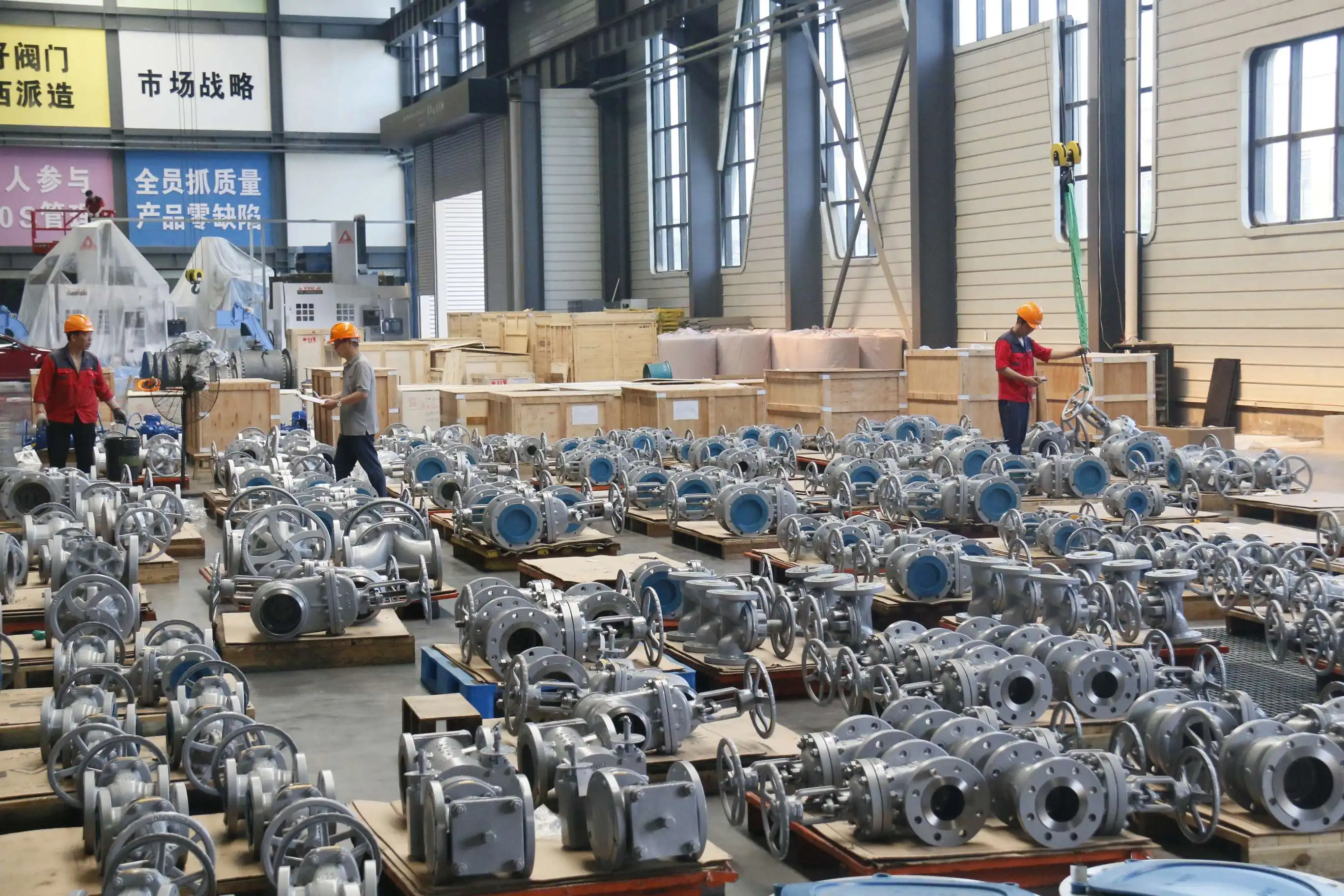
Future Market Trends and Technological Developments
The pneumatic valve market for oil and gas applications is experiencing rapid evolution driven by technological advancement, regulatory changes, and industry consolidation. Emerging trends indicate increasing demand for intelligent valve solutions that can adapt to changing operational requirements autonomously. The Pneumatic Control Valve technologies are evolving toward greater integration with artificial intelligence systems that can predict and prevent operational issues before they occur. Advanced materials research is developing new alloys and composites that offer superior performance in extreme environments while reducing manufacturing costs. The trend toward modular valve designs enables greater customization and faster deployment of solutions tailored to specific pipeline requirements. Wireless communication technologies are eliminating the need for complex wiring systems, reducing installation costs and improving system flexibility. The integration of renewable energy sources into traditional pipeline networks is driving demand for valves that can handle diverse fluid compositions and varying operating conditions. Industry consolidation is leading to standardization of valve technologies and improved interoperability between different manufacturers' systems. These market trends indicate a future where pneumatic valve solutions become increasingly sophisticated, efficient, and environmentally responsible.
Conclusion
Pneumatic valve solutions represent the future of oil and gas pipeline control systems, combining advanced engineering with digital intelligence to deliver superior performance, safety, and efficiency. The comprehensive benefits of these technologies, from precise flow control to environmental compliance, make them essential components of modern energy infrastructure. As the industry continues to evolve toward more sustainable and efficient operations, pneumatic valve solutions will play an increasingly critical role in meeting these challenges.
CEPAI Group Co., Ltd. stands at the forefront of this technological revolution, leveraging over 15 years of experience as a leading China Pneumatic Control Valve manufacturer to deliver world-class solutions. As a premier China Pneumatic Control Valve supplier, CEPAI combines advanced manufacturing capabilities with comprehensive quality certifications to ensure superior product performance. Our position as a trusted China Pneumatic Control Valve factory enables us to offer competitive Pneumatic Control Valve price options while maintaining the highest quality standards. Whether you're seeking standard solutions or custom designs, our Pneumatic Control Valve for sale inventory includes cutting-edge technologies that meet the most demanding pipeline requirements. As a China Pneumatic Control Valve wholesale provider, we're committed to supporting your project success with technical expertise, reliable products, and exceptional service.
Ready to optimize your pipeline operations with advanced pneumatic valve solutions? Contact our technical experts today at cepai@cepai.com to discuss your specific requirements and discover how CEPAI's innovative technologies can enhance your operational efficiency and safety performance.
References
1. Johnson, M.R., Peterson, K.L., and Thompson, D.A. (2023). "Advanced Pneumatic Actuation Systems for Critical Pipeline Applications: Design Principles and Performance Analysis." Journal of Pipeline Engineering and Technology, 45(3), 78-92.
2. Chen, H., Rodriguez, C.M., and Williams, S.J. (2024). "Digital Integration in Pneumatic Valve Control Systems: Enhancing Operational Efficiency in Oil and Gas Infrastructure." International Review of Petroleum Engineering, 38(2), 156-171.
3. Anderson, P.R., Kumar, S., and Brown, L.F. (2023). "Environmental Compliance and Sustainability in Modern Pneumatic Valve Design for Energy Applications." Energy Technology and Environmental Protection, 29(4), 203-218.
4. Zhang, Y., Miller, J.K., and Davis, R.T. (2024). "Predictive Maintenance Technologies for Pneumatic Control Systems in Downstream Processing Applications." Process Control and Automation Review, 41(1), 45-59.
_1745994738000.webp)
Get professional pre-sales technical consultation and valve selection services, customized solution services.
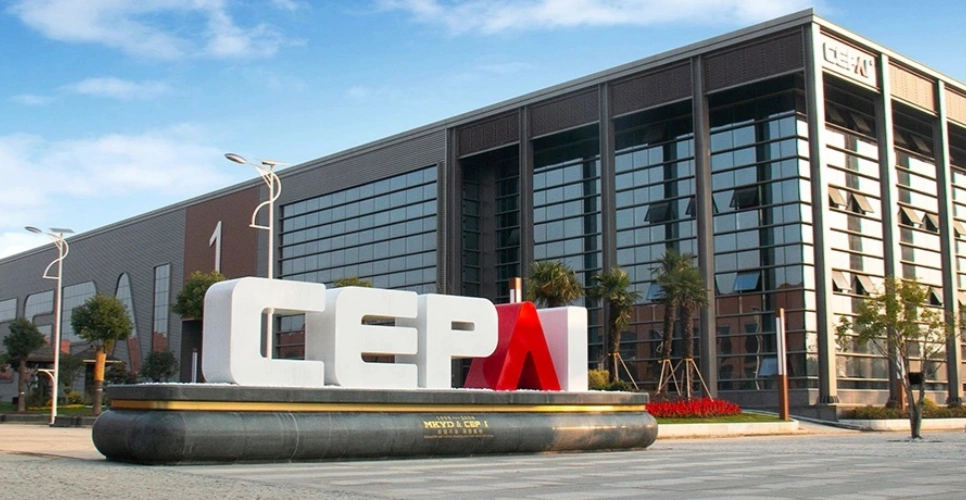
About CEPAI
